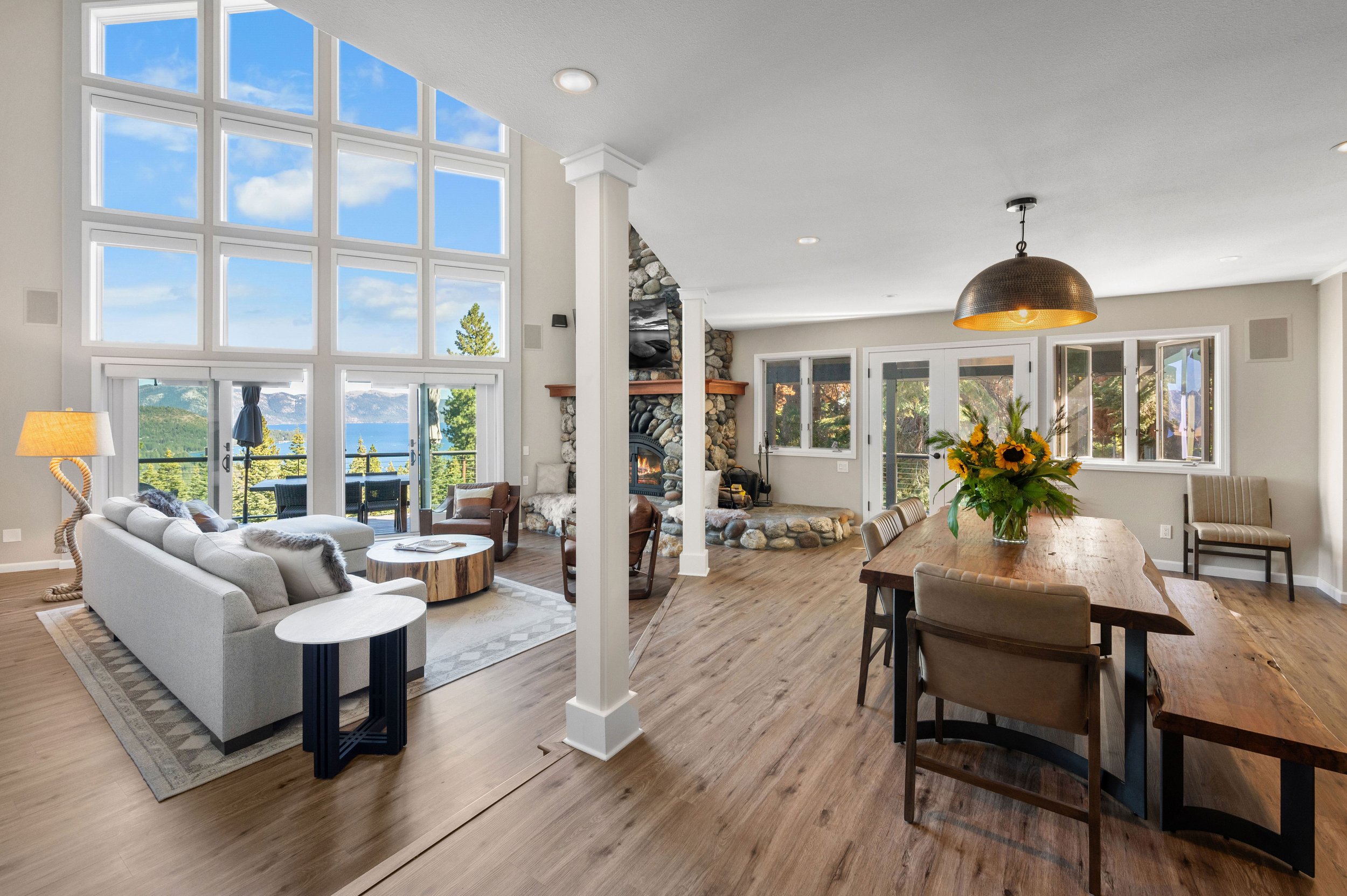Should You Raise Your Short-Term Rental Rates for 2023?
Pricing for 2023 Explained
Pricing is one of the most important parts of a successful vacation rental, but it’s no simple task, especially in the face of the changing market that we’ve seen over the last few tumultuous years. Those who end up pricing their vacation rentals too high will lose out on bookings and revenue, while owners who decide to lower their nightly rates may not end up hitting their necessary profit margins when all is said and done. And when the market is as unpredictable as it is, pricing can become a bit of a nightmare when you’re looking to strike that middle balance between too high or too low of a nightly rate.
Today, we’re going to talk a little bit about the relationships between vacation rental rates and occupancy as well as explore how raising your nightly rates can help you to do better than the market average.
While not all scenarios will play out exactly the same as we may forecast, this blog will give you an idea of whether changing your rate strategy will increase your chance of success in 2023.
The Relationship Between Vacation Rental Rates and Occupancy
Deciding to lower your nightly rates is not a decision to be taken lightly–it means admitting that in order for your short-term rental to become a success, that something needs to change in order for that to happen. It can be scary, realizing that you have to change up your starategy, but it’s also a welcome relief to know that there’s something you can do about it. It can also be a bit intimidating to decide to lower your rates, especially if you are already running on thin profit margins.
But because travelers are becoming more sensitive to high travel prices and occupancy rates are dropping, some owners think that the only way to fight the drops in revenue is to lower prices. However, dropping your nightly rates might not lead to an increase in occupancy in the way that you might expect. The relationship between occupancy and rates is complex–it is not just 1 to 1, because occupancy is also heavily influenced by supply, demand, and other market factors. So, lowering your nightly rates might not be worth it in return for the short-term revenue you may make, as overall you might be able to beat the market in your area if you raise your prices.
How Raising Your Vacation Rental Rates Might Actually Improve Your Overall Revenue
It might seem like a paradox, but there is some evidence that raising your nightly rates can lead to overall better revenues and more of a win for you as a short-term rental owner. The key is not raising rates too high that it affects occupancy, which overall can lead to declines in your revenue, and it’s a hard middle ground to get exactly correct.
A KeyData study looked at this exact scenario for a number of markets in the last quarter of 2022. While many rentals were showing losses over the previous year, an astounding 37% of short-term rentals studied had a higher average RevPAR in 2022 than in 2021.
In order to find out why, KeyData examined a variety of factors, focusing in particular on those that had raised or lowered rates and the effect on occupancy and RevPAR. One interesting thing that they found was that, “While increasing rates did not guarantee increased RevPAR and some properties with lower rates still increased their RevPAR, raising rates was likely to lead to a more favorable outcome.”
The study also dove into one of our own markets in Summit County, CO, where they found that those who had lower rates over 2021 were more likely to see a bigger drop in RevPAR than those whose rates had increased. In fact, owners who raised their rates were 48% more likely to have beaten the overall average RevPAR in the short-term rental market. So, while not all owners will see dramatic increases in RevPAR from raising their nightly rates, statistically the outcome of raising your rates is much better than lowering them.
When Should You Lower Your Rates?
While raising your rates can have a positive statistical impact on your revenue in certain situations, there are times when lowering them can be appropriate and even recommended to help improve your occupancy.
For instance, if your short-term rental just isn’t getting the bookings that you’d hoped for, lowering your rates can encourage more guests to stay at your property. Another situation where it might make sense to lower your rates is when you’ve gotten a few bad reviews and are unable to get the bookings you need to make a profit on your vacation rental. In both of these cases, lowering your rates can help you to increase your occupancy rate, leading to more revenue than if your rental would’ve gone empty.
Finally, if your rental is just starting out and you’re in need of reviews, lowering your rates can also be a sound strategy for landing those positive reviews that will help you get bookings for a long time to come.
How Dynamic Pricing Can Help Take the Worry Out of Your Rates
One way to take a bit of the guesswork out of raising and lowering your rates is to use a dynamic pricing tool to do all of the work for you. A dynamic pricing tool takes into consideration a huge amount of market factors and fluctuations, including supply and demand as well as average competitor prices, in order to help you price your rental at the exact right price to land more bookings. When you Go Local with our team of experts, you’ll be able to take advantage of our custom-built pricing algorithm, which prices your rental dynamically to help you beat the market. To learn more about our program and how our pricing algorithm works, take a look at our Program page.





